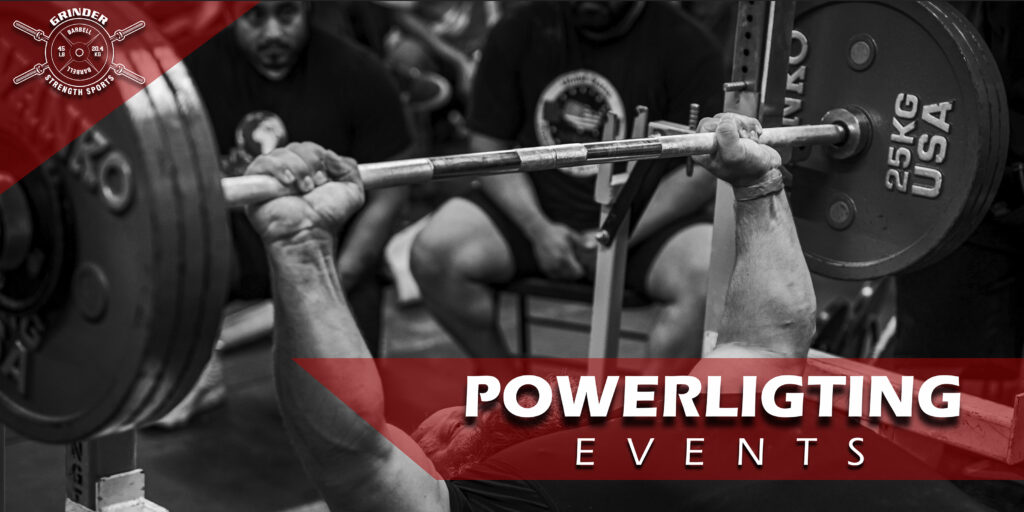Accessory exercises play a crucial role in a powerlifter’s training regimen. While the primary lifts—squat, bench press, and deadlift—are the foundation of any powerlifting program, accessory exercises target the smaller supporting muscles that assist these primary movements. Incorporating accessory exercises into your routine can strengthen these muscles, improve overall performance, and reduce the risk of injury.
Importance of Accessory Exercises
1. Addressing Weaknesses: Accessory exercises are essential for identifying and addressing weak points in the primary lifts. By targeting specific muscle groups that may be underdeveloped, lifters can create a more balanced and stronger physique. For example:
- Weak Lockout in Bench Press: Tricep exercises like dips or close-grip bench presses can strengthen the lockout phase.
- Weak Start in Deadlift: Hamstring exercises like Romanian deadlifts can improve the initial pull.
2. Enhancing Muscle Hypertrophy: Accessory exercises often involve higher rep ranges and different movement patterns compared to the primary lifts. This variety stimulates muscle hypertrophy, leading to greater muscle size and strength over time. Examples include:
- Bicep Curls: Enhance arm size and strength, aiding in overall upper body development.
- Leg Curls: Target the hamstrings, complementing quad-dominant exercises like squats.
3. Injury Prevention: Strengthening the smaller, stabilizing muscles reduces the risk of injury by ensuring that the body can handle the stresses of heavy lifting. For instance:
- Face Pulls: Strengthen the rear deltoids and upper back, promoting shoulder health.
- Planks: Improve core stability, reducing the risk of lower back injuries during squats and deadlifts.
4. Improved Performance: By enhancing muscle balance and strength through accessory work, lifters can see significant improvements in their primary lifts. Supporting muscles become more robust, contributing to better form and efficiency in the main movements.
Key Accessory Exercises for Each Primary Lift
For Squats:
- Lunges: Target the quads, hamstrings, and glutes, improving balance and unilateral strength.
- Leg Press: Allows for heavy loading of the quads and glutes without the same spinal loading as squats.
- Glute Bridges: Focus on glute strength, essential for powerful squat performance.
For Bench Press:
- Dumbbell Flyes: Isolate the chest muscles, increasing chest strength and hypertrophy.
- Tricep Dips: Strengthen the triceps, crucial for the lockout phase of the bench press.
- Face Pulls: Enhance shoulder stability and health by targeting the rear deltoids and upper back.
For Deadlifts:
- Romanian Deadlifts: Focus on the hamstrings and glutes, improving posterior chain strength.
- Good Mornings: Strengthen the lower back, glutes, and hamstrings, aiding in deadlift performance.
- Kettlebell Swings: Enhance hip power and conditioning, benefiting the explosive nature of the deadlift.
Integrating Accessory Exercises into Your Program
1. Balance and Volume: Incorporate accessory exercises in a balanced manner to ensure that all muscle groups are adequately targeted without overtraining. Typically, 2-4 accessory exercises per training session are sufficient.
2. Rep Ranges and Intensity: Accessory exercises often use higher rep ranges (8-15 reps) and moderate weights to stimulate hypertrophy and endurance. This contrasts with the lower rep ranges and heavier weights of primary lifts.
3. Focus on Form: Proper form is crucial for maximizing the benefits of accessory exercises and preventing injuries. Start with lighter weights to master the technique before progressing to heavier loads.
4. Recovery and Adaptation: Allow for adequate recovery by varying the intensity and volume of accessory exercises. Incorporate deload weeks and listen to your body to avoid overtraining.
Example Training Session with Accessory Exercises
Day 1 (Squat Focus):
- Squat: 4 sets of 5 reps
- Lunges: 3 sets of 10 reps per leg
- Leg Press: 3 sets of 12 reps
- Glute Bridges: 3 sets of 15 reps
Day 2 (Bench Press Focus):
- Bench Press: 4 sets of 5 reps
- Dumbbell Flyes: 3 sets of 12 reps
- Tricep Dips: 3 sets of 10 reps
- Face Pulls: 3 sets of 15 reps
Day 3 (Deadlift Focus):
- Deadlift: 4 sets of 5 reps
- Romanian Deadlifts: 3 sets of 8 reps
- Good Mornings: 3 sets of 10 reps
- Kettlebell Swings: 3 sets of 20 reps
Conclusion
Accessory exercises are an indispensable part of any powerlifting program. They strengthen the smaller, supporting muscles that are crucial for the primary lifts, enhance overall muscle balance, and help prevent injuries. By integrating these exercises into your routine, you can improve your performance, achieve better results, and ensure a sustainable and injury-free lifting career. Embrace the power of accessory work to maximize your strength and powerlifting potential.




Comments are closed